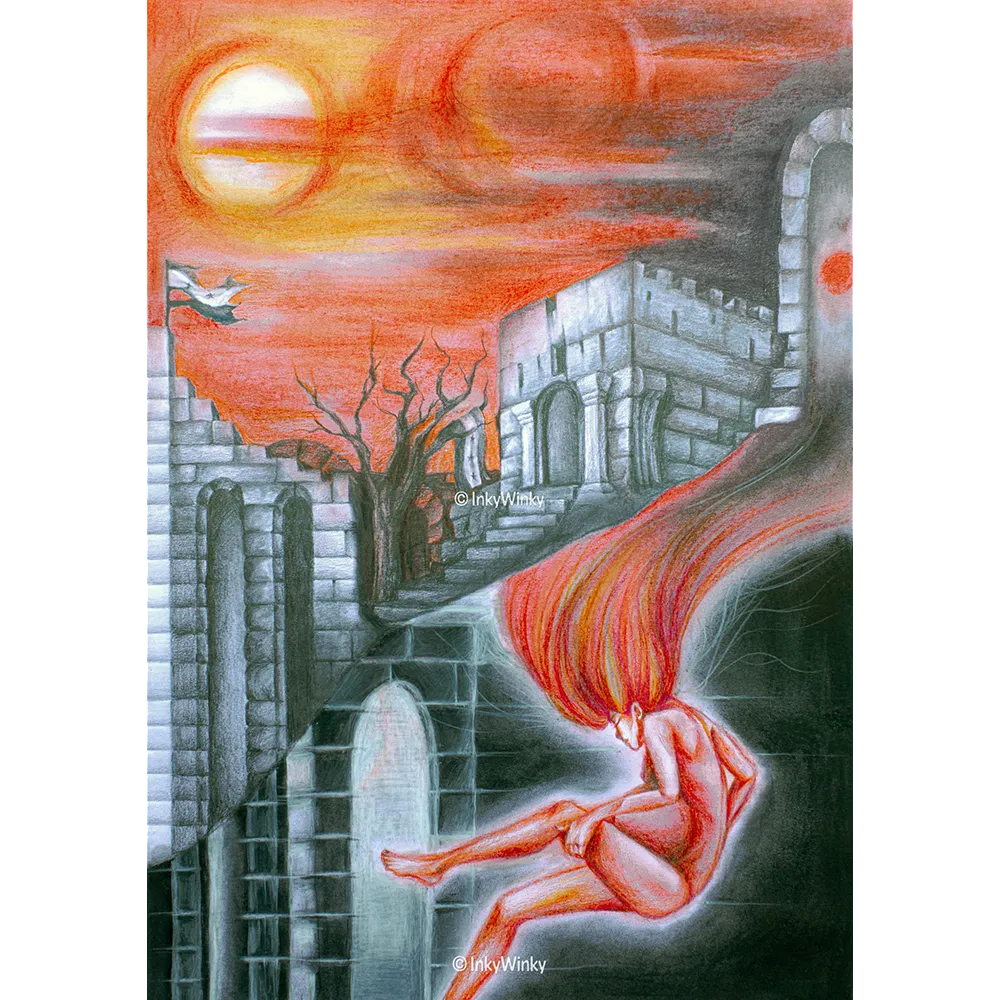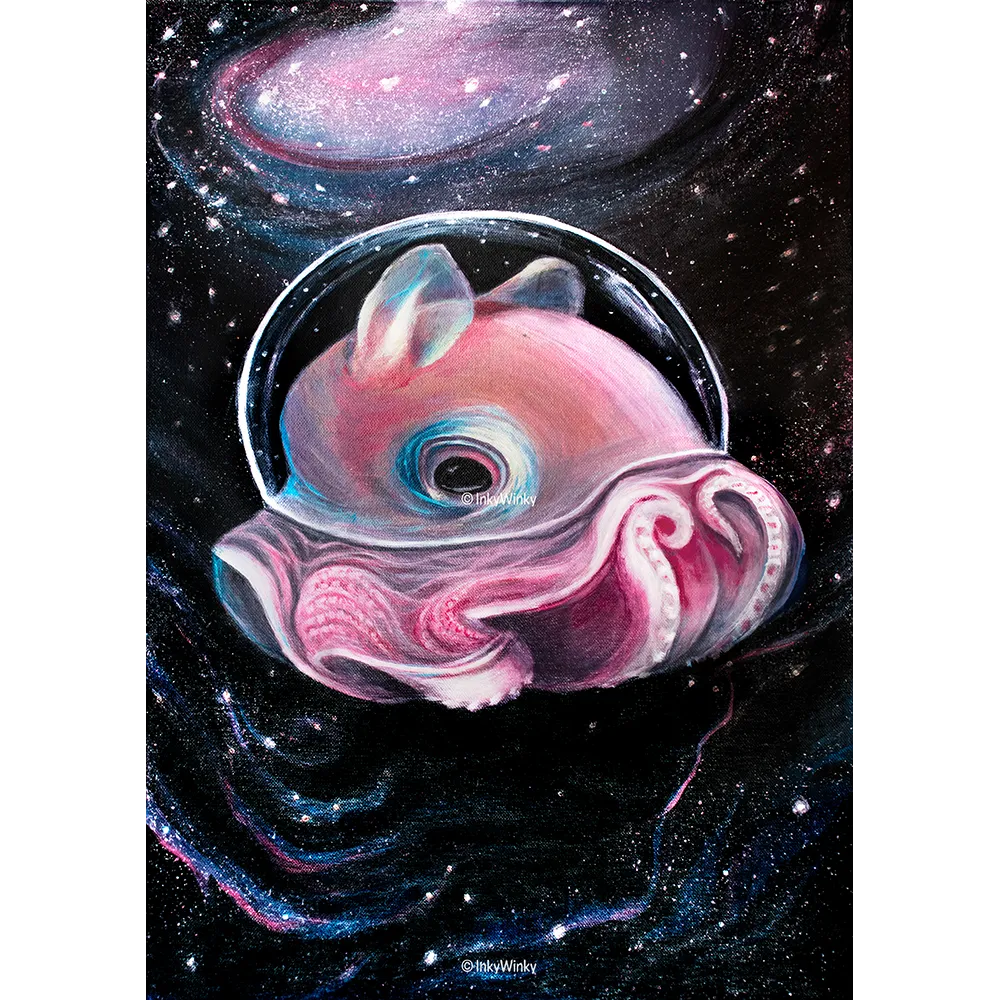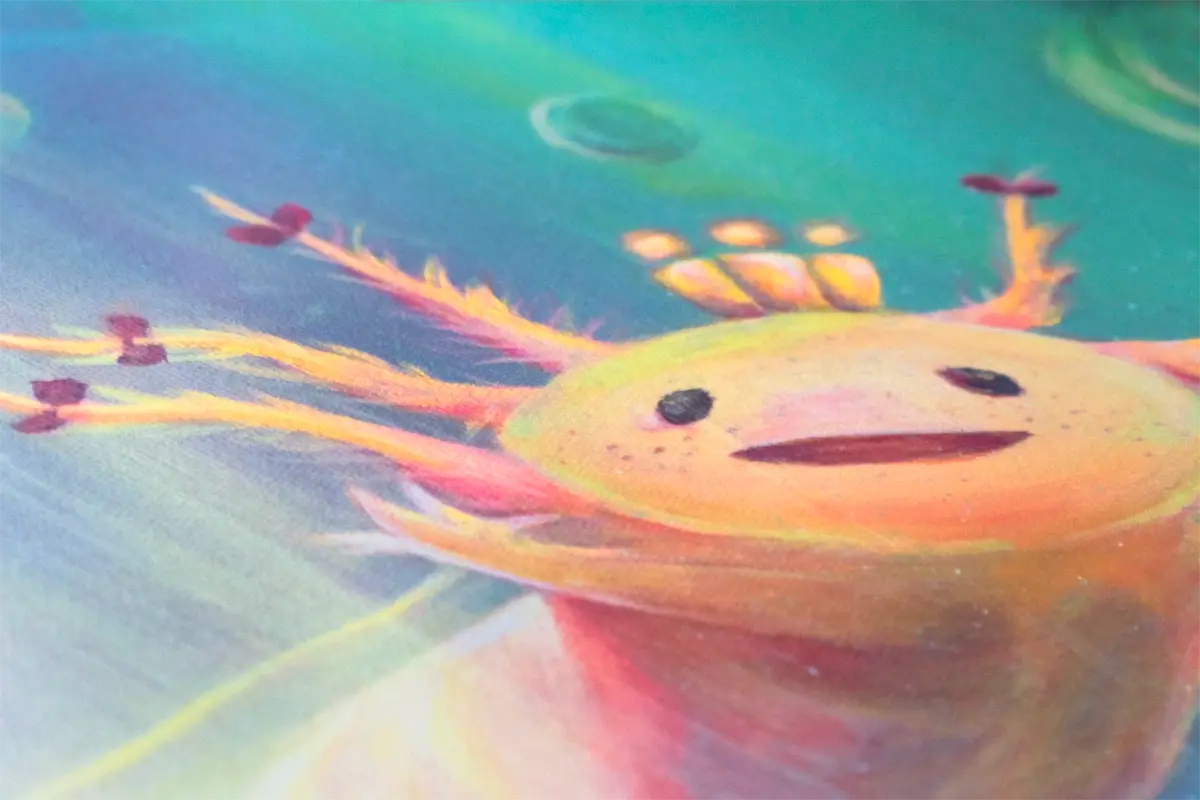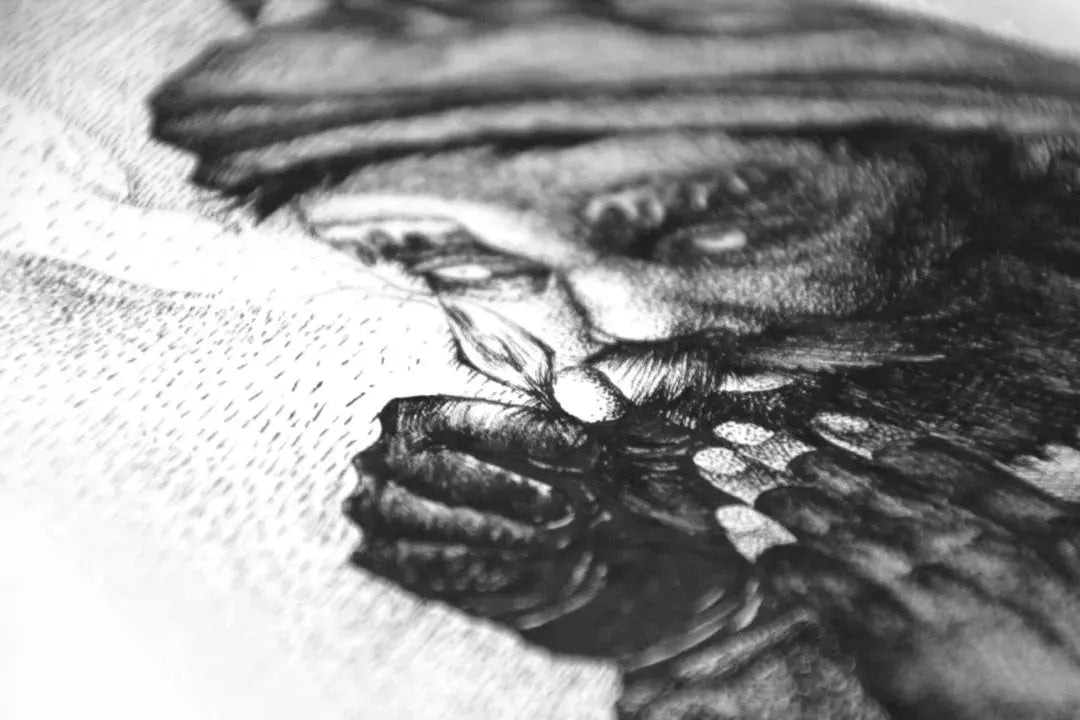

Shop Impressionist Art Online:
Browse our range of Impressionist Art below, note limited availability of original artworks.
7 products

Where can I use Impressionist Art?
Impressionist Artwork can function well in so many settings, but our recommendations include:
Home Offices, Bookstores, Wine Bars, Display Homes, Furniture Stores, Waiting Rooms, Dining Rooms, Receptions, Librarys, Post Offices, and Health Care Facilities.
If you're looking for something to fit a different room, browse through our entire store below. We're sure we have something for you.


















